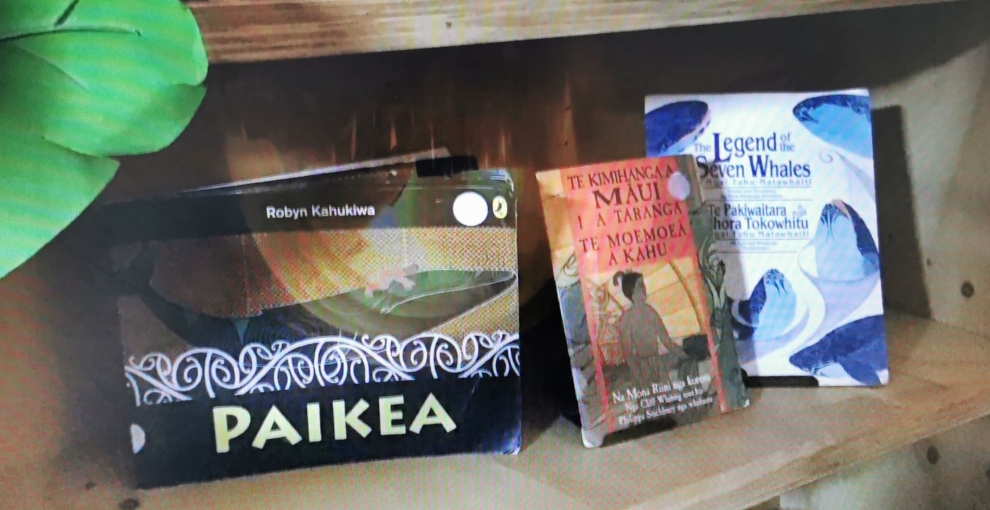LATEST STORIES
ANZAC learning
Kia ora whanau this week, the teaching team and tamariki have been sharing knowledge, resources and learning experiences about ANZAC and its significance.
Over the week, we have had a lot of discussions around ANZAC day, sharing the symbolic things that children are familiar with. Conversations have supported and led to many lovely learning experiences with both child-led and intentional teaching moments.
We have explored books, pictures, music, and research. This has led to arts and crafts, dramatic play with hospitals being set up and very efficient doctors and nurses. It is very evident we have some great role models at home!
We have also had two small excursions, one down to the clock memorial to place the wreath we made and pay our respects and one to the RSA (Royal New Zealand Returned and Services Association) with children also placing their poppies that they and their peers had made and exploring some history.
I hope the tamariki have shared some of their new knowledge with you and built on their existing over the week of respect for our ANZAC's
25th April marks the anniversary of the landing of Australian and New Zealand soldiers – the Anzacs – on the Gallipoli Peninsula in 1915. The aim was to capture the Dardanelles and open a sea route to the Bosphorus and the Black Sea.
Anzac Day now promotes a sense of unity. People whose politics, beliefs and aspirations are widely different can share a genuine sorrow at the loss of so many lives in war and real respect for those who have endured warfare on behalf of our country.
The red poppy has become a symbol of war remembrance the world over. People in many countries wear the poppy to remember those who died in war or served in the armed forces. In New Zealand, it is most commonly seen on Anzac Day, the 25th of April.



